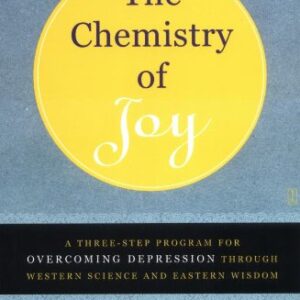In connection with the recent treatment of radium and the actinides, the Gmelin Institute is carrying out the description of thorium and its compounds. The Supplement Volumes A 2, A 3, A 4, and A 5 with the history, isotopes, uses, the recovery of thorium and general properties of thorium atom and ions, the thermodynamics of its compounds and solutions, spectroscopic data and analytical chemistry, biological behavior, health protection and safety control have already been published. The Supplement Volumes C 1, C 2 and C 3 describing the compounds with the noble gases, hydrogen, oxygen compounds and nitrogen compounds are also available; also have been published Supplement Volumes C 5 and C 7 describing the compounds with sulfur, selenium, tellurium, and boron, carbonates, thiocynates, alkoxides, and carboxylates. The Supplement Volumes D 1, D 2, and D 3 describing the properties of thorium ions in solution and the solvent extraction of thorium as well as Supplement Volume E describing the coordination compounds also have been published. The present volume begins, in a summary fashion, with a description of the natural occurrence of the element Th. Especially stressed are those facts that are most important in understanding its geological distribution on Earth (as, e.g., mode of occurrence and distribution among minerals) and its behavior in minerals (as, e.g., mode of occurrence and distribution among minerals) and its behavior in minerals (as, e.g., diadochy and metamictization of minerals). Attached is a tabulation of the highest reported Th or ThO2 content in minerals that normally (by their crystal-chemical formula) do not contain Th. The main part of the present volume describes the minerals of Th. As can be seen from the crystal-chemical formulas, there are, in addition to a few minerals containing Th as the sole cation, a number of minerals that contain Th as an additional cation or as a diadochic element. In the case of diadochic substitution the mineral may represent a Th-rich end member of a solid-solution series and, therefore, is described as a separate Th mineral, or may only sporadically contain higher amounts of Th (no mineral description is given). The mineral descriptions, in this volume including oxides, carbonates and phosphates/siliconphosphates of Th, comprise the following topics: occurence; chemistry; crystal form and structure; optical and other physical properties; and chemical and thermal behavior. The silicates of Th and the deposits of Th will be described in the volume “Thorium” Suppl. Vol. A 1b, that also contains a mineral index for both volumes.
Chemistry
[PDF] Th Thorium: Natural Occurrence. Minerals (Excluding Silicates) Reiner Ditz, B?rbel Sarbas, Peter Schubert, Wolfgang T?pper (auth.), Wolfgang T?pper (eds.)
$19.99

![[PDF] Th Thorium: Natural Occurrence. Minerals (Excluding Silicates) Reiner Ditz, B?rbel Sarbas, Peter Schubert, Wolfgang T?pper (auth.), Wolfgang T?pper (eds.)](https://pdfelite.com/wp-content/uploads/2024/04/28029832f1fa553f892603674ef19f80-d.jpg)




Reviews
There are no reviews yet.